Big problem with Australian road rule around medical cannabis
When NSW Police posted details of their latest roadside bust on Facebook, they didn’t predict the flood of criticism that would come their way.

When the NSW Police Traffic and Highway Patrol Command posted details of their latest roadside bust on Facebook, they didn’t predict the flood of criticism that would come their way.
Hundreds of Australians commented on Thursday’s post, which stated that a 21-year-old woman was arrested in the southwestern Sydney suburb of Oran Park after testing positive to a medically prescribed cannabis, questioning if it’s a joke and calling it “whack”.
Police wrote: “The driver was questioned about her cannabis use and informed police she had been prescribed the drug for pain management ‘so it’s allowed’.”
After testing positive on the random roadside test, she was taken to Narellan police station for a second test which also showed the presence of cannabis in her system.
Her driver’s licence was suspended for 24 hours prior to being released from custody.
“The saliva sample she provided has been forwarded to a laboratory for examination with the driver expected to be charged with driving with an illicit prescribed restricted substance in her system,” the police said.
“Medically prescribed drugs do not automatically give drivers the right to continue driving whilst taking the prescribed medication. All prescribed medications contain warnings relating to driving whilst using them.
“Please ensure that when you are prescribed a restricted medication that you read the warning labels attached that relate to driving motor vehicles.”
More and more Australians are turning to medical marijuana for pain relief, and that means more are going to be affected by the confusion in the law. As many commenters pointed out, there is uncertainty over how long the medication can last in your system, leaving many at risk of falling foul of this law unintentionally.
Drivers can take medical marijuana and still test positive days later even though they are arguably not affected, with the time frame dependent on several factors including your metabolism, dose and how the medication was administered.
Adding to the confusion, a study from 2009 showed cannabis could be detected for up to six days after last consumption in daily consumers, however another study found the drug may be found in a hair strand at the 90-day mark.
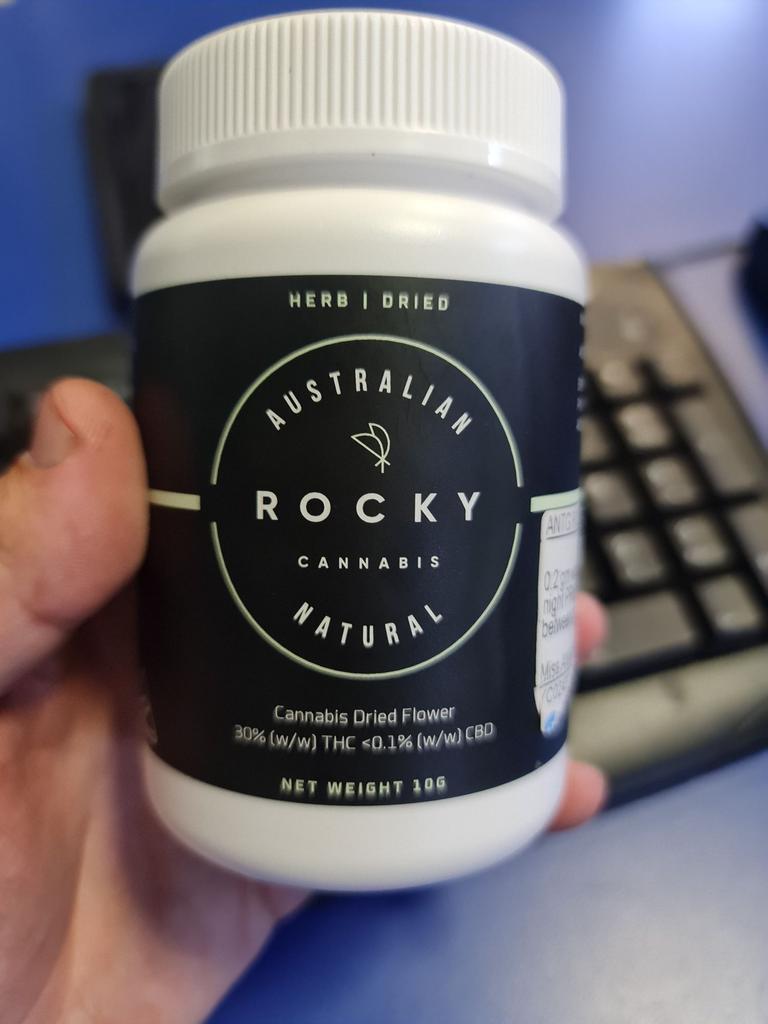
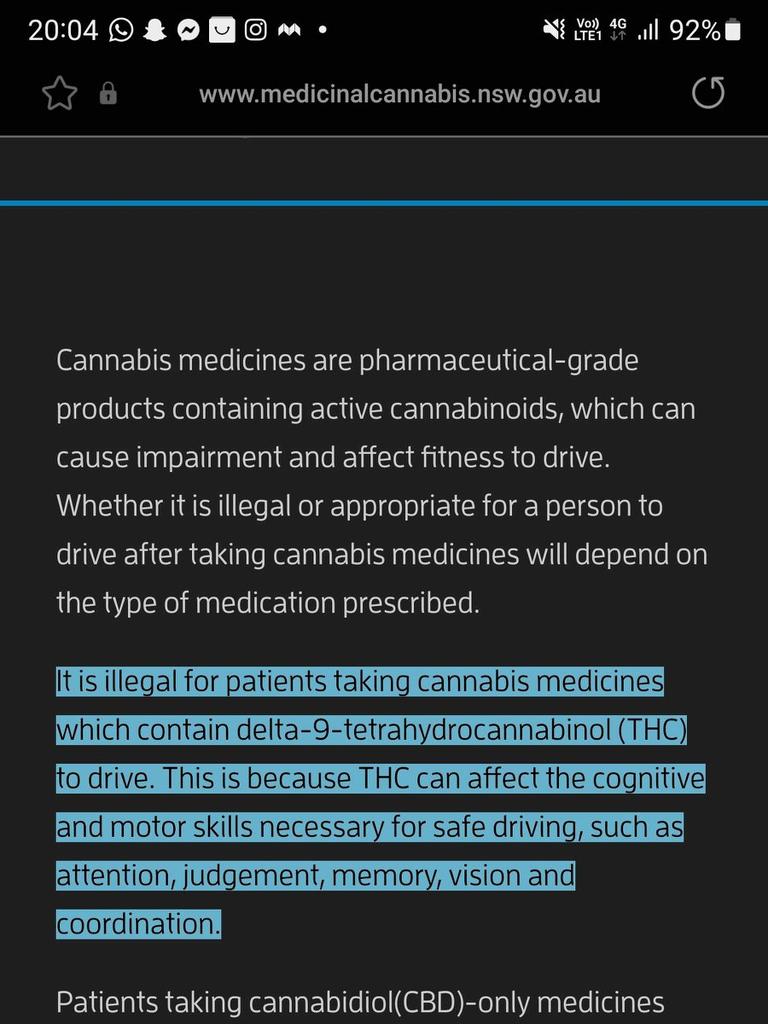
The main psychoactive component of the cannabis plant is delta-9-tetrahydrocannabinol (THC).
Before 2016, Australian law generally considered cannabis an illegal narcotic. However, in February 2016, the Narcotics Drug Act 1967 was amended and medicinal cannabis products are available for specific patient groups under strict medical supervision.
Since then, the use of cannabis for medical reasons has skyrocketed, with data from the Therapeutic Goods Administration (TGA) finding prescriptions have doubled from 2020 to 2021, with more than 122,000 prescriptions written last year.
That’s compared to 2018, where there were just 2500 prescriptions written.
Former NSW Magistrate David Heilpern has been outspoken about the flaw in the law, telling Sydney Criminal Lawyers that drivers are being horribly affected by medical cannabis rules.
“It’s absolutely tragic,” Mr Heilpern said. “There is no defence for having a prescription or using medicinally, so it means that a whole range of people are caught up in these silly drug driving laws.
“Most people who use cannabis medicinally use it at least once every 24 hours … So, what happens is they’re permanently driving with discernible levels of THC in their system, even though they’re not driving under the influence, in terms of being affected.
“What that meant was, when I was sitting on the bench, I was taking people’s licences from them, destroying their lives, making them lose their employment, lose their houses and it was affecting their relationships.
“If people are apprehended, and if people have a detectable level of THC in their system, then they should be able to show their medical certificate and have a defence.”
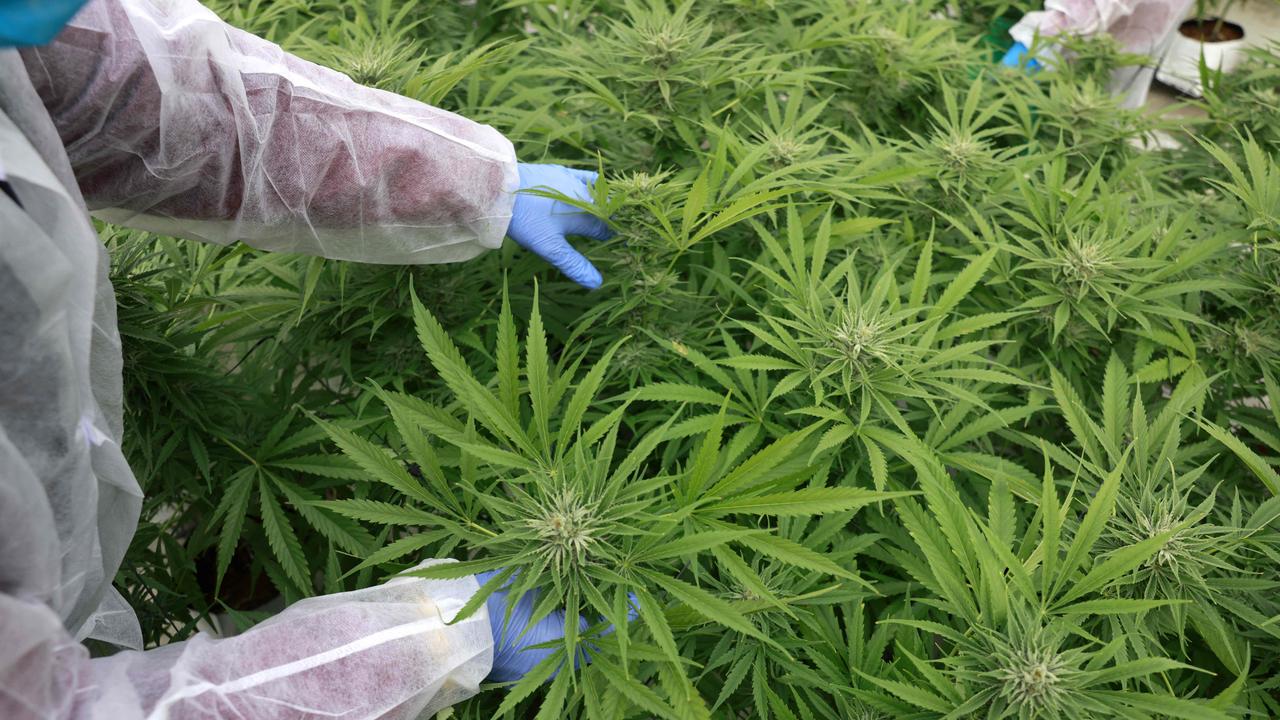
Hundreds of Australians voiced their dismay about the arrest on the NSW Police post.
One commenter said: “That is so wrong; fight it it’s medical.”
Another person said: “But was she affected or did you just get trace amounts? Go and look at how Tassie is doing it and step into the light as they have instead of staying in the dark ages.
“Illicit yet it’s prescribed to her? Illicit if not on prescription.”
Tasmania recognises medical cannabis and driving. If you have a prescription for medical cannabis and you are not driving impaired, you won’t be penalised.
Another commenter pointed out: “The big problem is you can still test positive to this in your system while not being affected by the medication.”
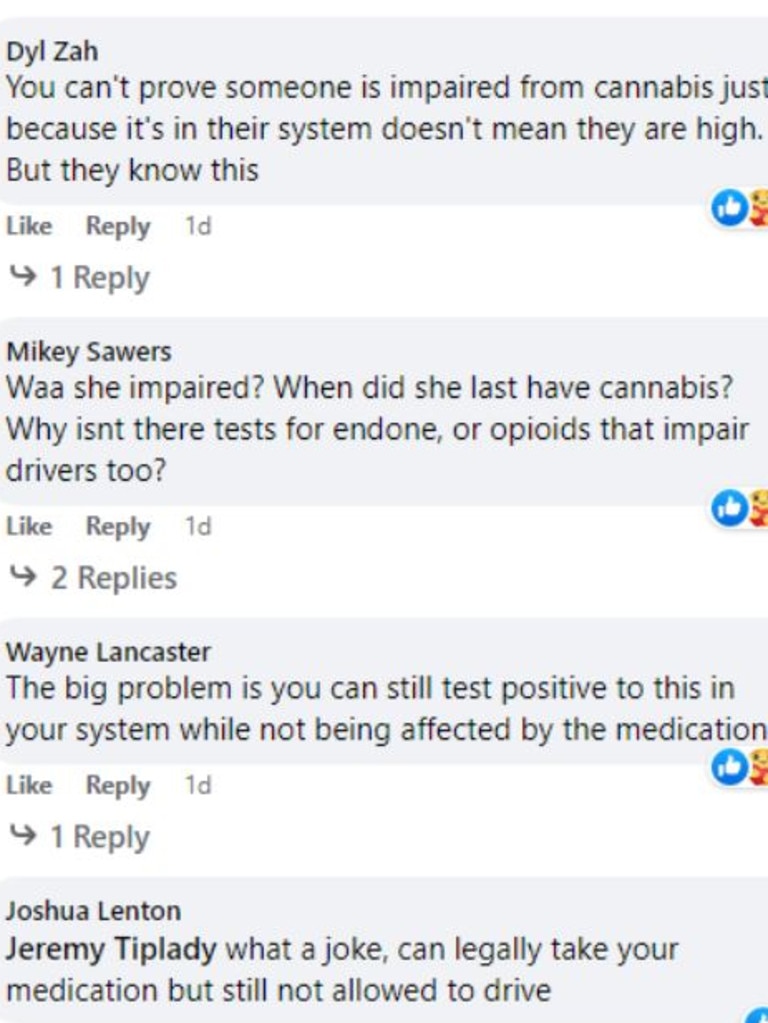
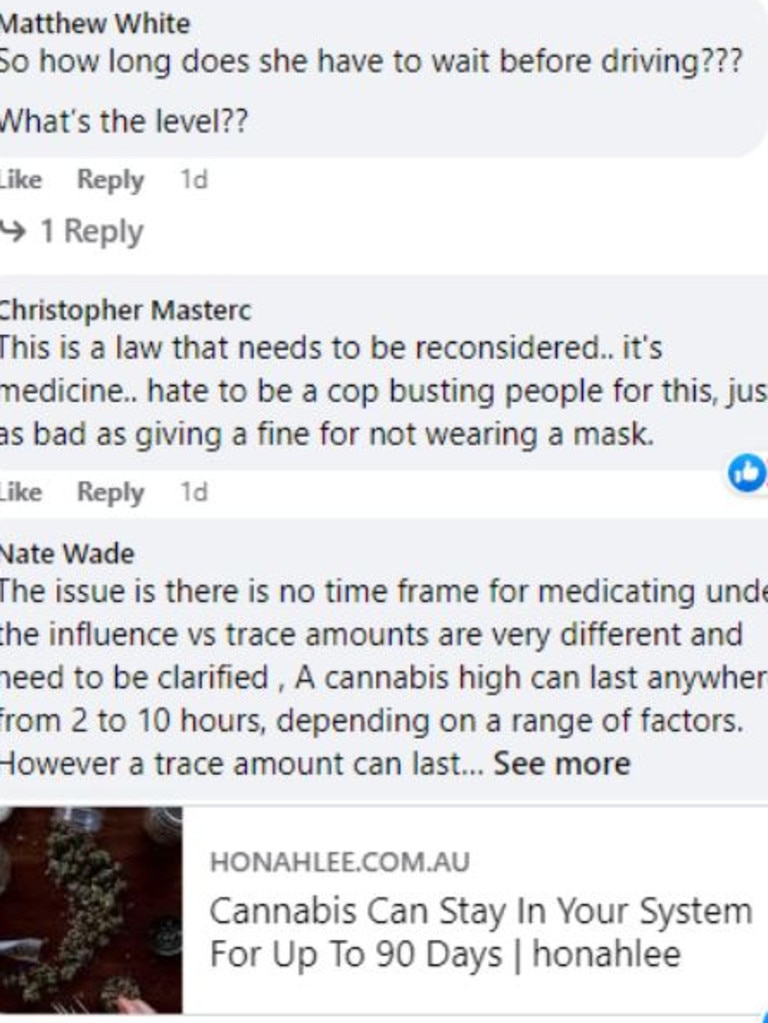
One person wrote: “You take this person’s licence but it’s OK for me to smash three beers, two codeine and a couple tapendadol and I won’t lose it? Makes sense to me.”
Another said: “Bit of a rough go when many other medications and non-illicit substances cause the same effects to cognitive and motor skills, but don’t make it illegal for the patient to drive. Laws need to be amended.”
And a third wrote: “Disgusting way to treat ‘select’ medicated patients! It’s time the government realised that having THC in your system does not mean you are impaired.”
Meanwhile, another commenter said: “This is ridiculous. Could be showing up 24 hours after use.”
And another wrote: “Yet I can take Seroquel and drive. The laws are whack.”





